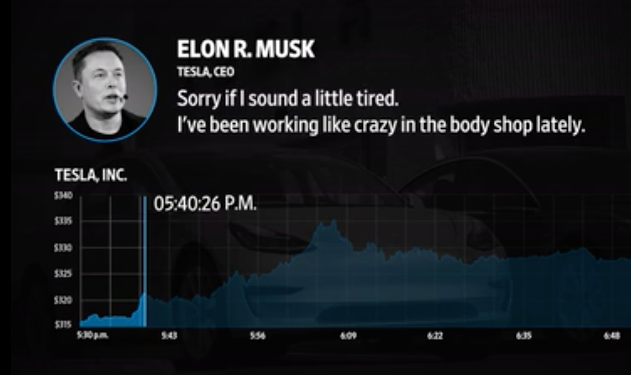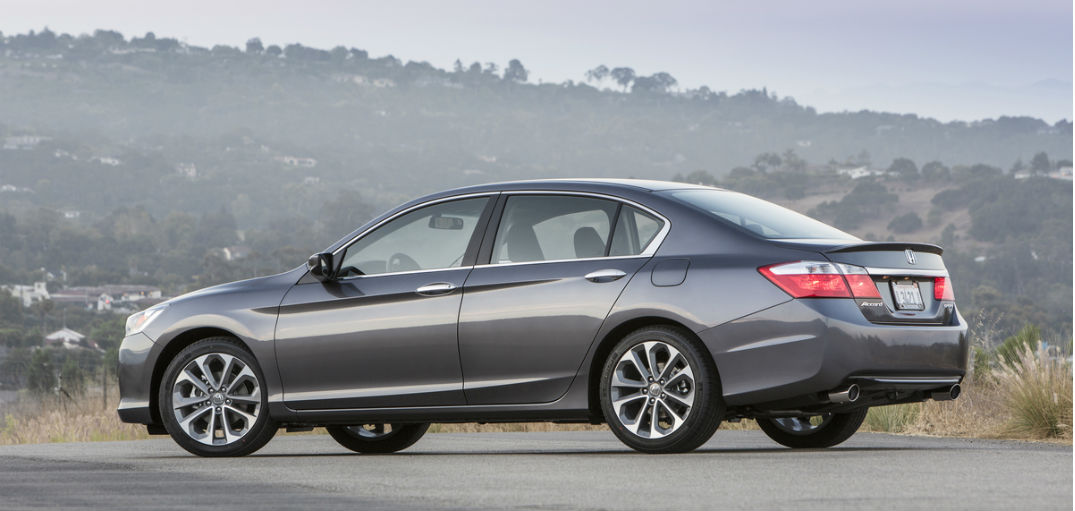If you listened to Tesla’s Q2 earnings call and were looking for insight into the company’s financials, you were clearly disappointed. But I found a few discussion points on the call especially interesting.

The first was the progress Tesla has made on their own AI chip which promises greater processing and image refresh rates than the current NVIDIA chip. Ultimately this should improve the accuracy and speed of Tesla’s autonomous systems, but apparently would not result in cost reduction. Some have speculated that this is because of lower volume of production compared to the NVIDIA chip.
I also found a comment from Elon Musk fascinating where he mentioned how the AI systems will “learn from humans, how did they react in specific situations.” In and of itself this is not surprising. AI and machine learning systems have to be taught and fed by humans. An AI system starts with no knowledge and has to fed data and information and then learns and improves over time.
But I’ve long felt that this feedback loop between humans and the machines will be key to the accuracy and safety of autonomous vehicles. The ability for the machine to learn from the positive and intuitive aspects of human drivers will be key to achieving Level 5 autonomy. While there are many aspects of AV systems that will make cars safer, it will be several years before an autonomous vehicle will be able to match a human looking in the eye of the driver in the lane next to them. combined with their out-of-state license plate and intuitively sense that they will change lanes suddenly at the upcoming confusing freeway split.
- Tesla is building its own AI chips for self-driving cars – TechCrunch, August 2, 2018
- Tesla Autopilot Improvements Are *Insane* — Technically Speaking – CleanTechnica, August 2, 2018
Secondly, Tesla shared the top 5 cars that are being traded in by buyers of the Model 3. For January through July, the top 5 trade ins were: Toyota Prius, BMW 3 series, Honda Accord, Honda Civic and Nissan LEAF. Tesla did not share any percentages across these models or what percent of Model 3 purchases had a trade in, but I’ve reached out to Tesla PR and hope to have an update in an upcoming article for CleanTechnica.
The BMW 3 series was no surprise as the Model 3 was designed to compete against the BMW 3 series, Audi A4 and Mercedes-Benz C series. The Prius and Nissan LEAF, while at much lower price points, make sense because these are owners of green cars who are clearly looking to move up to the hottest green signaling vehicle on the market today.
The Honda Accord and Civic surprised a lot of observers, but it makes sense to me as those two vehicles sell very well in California where the majority of Model 3 deliveries have occurred to date. They could be top trade ins simply because of math and that a lot of Californians own those two models. But additionally, these models are driven by a lot of software engineers and other Silicon Valley workers who are fairly well compensated and have perhaps decided to reward themselves with a Model 3.
Many of these workers are not only tech savvy and likely follow what’s going on with Tesla, but are also probably environmentally conscious and can rationalize their purchase as being green – something that is rewarded socially in eco-centric California.

What this confirms for me, however, is that the loss of the Federal EV tax credit will have little impact on the demand for the Model 3 in the US because of Tesla’s brand value and advantage over many competitors. These trade-in cars suggest as such, that many Model 3 buyers are willing to trade up significantly from what they currently spend on a car. As such, while the phaseout of the tax credit may lose some buyers who were on the bubble financially, most I believe will still be willing to pay beyond what they currently spend on a new car.
Finally, Elon Musk says that there is an electrician shortage in the US that is limiting the amount of battery storage that can be installed. I had to chuckle as I have been predicting this (see my #10 prediction in this CleanTechnica article), except I was looking at it more from the installation of EV charging stations, as well as solar.
With the growth in solar and wind energy projects, and commercial and residential battery storage installations and EV charging stations and infrastructure, there is a huge and growing need for electricians. There is a general shortage of experienced trade workers in the US and while it isn’t at the danger point yet, in a few years we could see significant delays in solar, battery and EV charger installations due to a shortage of available electricians.
A few other miscellaneous notes from the call:
- Model Y: Musk would still not share where the CUV will be made, but said they might announce where by the end of the year.
- The new Gigafactory to be located in Europe should be announced by the end of 2018.
- Battery cell production will be the biggest limiting factor to Tesla’s growth.
- The growth rate on energy is much faster that for vehicles. This is not really surprising since clean energy is much newer market than autos.
- “Long term we expect the energy business to catch up to the auto business.” Musk did not provide a timeframe on “longterm,” but again I did not find this surprising since the energy market opportunity is likely much bigger for Tesla beginning in about 10 years or so. It is also a good reminder to the Tesla non believers that company truly is much more than a car company.
 Announcing the acquisition of EVAdoption by Paren →
Announcing the acquisition of EVAdoption by Paren →